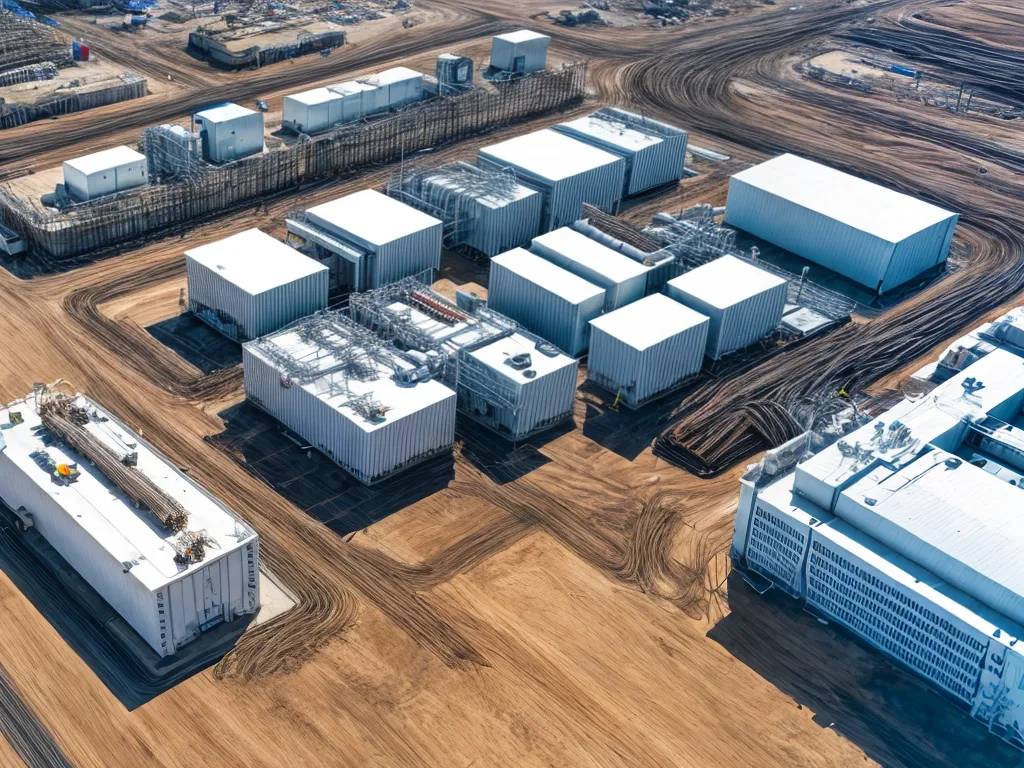
Industrial Grounding of Low Voltage Systems: Myths and Realities
Grounding is an essential aspect of any electrical system, providing safety and protection from faults. However, in low voltage systems there are some common misconceptions around grounding that need to be dispelled. Here I will examine some of the myths surrounding industrial grounding of low voltage systems and contrast them with the realities, covering key topics in depth.
Myth 1: Grounding is Only Needed for Lightning Protection
A common myth is that grounding is only required to protect equipment from lightning strikes. The reality is that grounding has several other crucial functions:
-
Safety - Grounding provides a safe path for fault currents to flow to ground in the event of a short circuit or ground fault. This prevents electric shock hazards to personnel.
-
Noise reduction - Grounding helps reduce electrical noise interference from sources like motors, generators, power electronics etc. It prevents this noise from coupling into sensitive circuits.
-
Protection - Grounding limits transient overvoltages by providing a zero-volt reference point. This protects equipment from damage.
So while lightning protection is a benefit, grounding has other vital roles spanning safety, noise reduction and protection. No low voltage system can operate safely without proper grounding provisions.
Myth 2: Grounding is Only Needed on AC Power Systems
Some assume grounding is an AC power system issue, and DC powered systems don't need grounding. This is false - grounding has several functions on DC systems:
- Safety - fault current path to enable overcurrent devices to isolate faults
- Noise reduction - shielding sensitive signals from interference
- Transient protection - safety ground helps limit voltage spikes
Properly grounded DC systems are crucial in applications like electric vehicles, renewable power systems, battery banks and telecom systems. The grounding methods may differ compared to AC but grounding is equally important on DC systems.
Myth 3: The Ground Grid Offers Infinite Fault Current
A common assumption is that the ground grid can supply unlimited fault current. In reality, the ground grid has finite resistance and inductance, limiting fault current. Key factors are:
-
Soil resistivity - depends on composition, moisture content etc. Resistivity directly impacts grid impedance.
-
Grid conductor sizing - thicker ground conductors lower impedance but increase cost.
-
Interconnections - more paths to ground reduce grid impedance.
While the ground grid has low impedance, it cannot supply infinite current. Proper grid design factors in soil conditions and required fault current levels. Monitoring ground grid resistance periodically is recommended.
Myth 4: Ground Fault Protection is Foolproof
Ground Fault Circuit Interrupters (GFCIs) and Ground Fault Protection Relays are presumed to offer complete protection from ground faults. But in reality, they have limitations:
-
Can't detect low level faults - GFCIs may not trip below 4-6 mA leakage. Partial breakdowns may evade detection.
-
Equipment grounding issues - Faulty or missing equipment grounding conductors can render GFCIs useless.
-
No protection for conductors - Faults on isolated ground conductors may not be cleared by GFCIs.
While GFCIs and GFPE relays are invaluable, proper system grounding, bonding and maintenance are still necessary. Never rely completely on ground fault protection devices alone.
Myth 5: There is One Right Way to Ground Any System
Some think there is a single best grounding method for all systems. In reality, grounding methods must be tailored to the system:
- Separately derived vs bonded grounds
- Multiple point vs single point grounding
- Local vs remote ground references
- Isolated vs integrated ground planes
There is no one-size-fits-all grounding solution. The grounding scheme must be based on safety needs, grounding practices for the voltage/current type, costs and compatibility with connected equipment.
The grounding requirements for a 480V industrial system will differ vastly from a 24V controls circuit. Grounding design should be system-specific.
Conclusion
Grounding low voltage electrical systems is essential, but surrounded by some enduring myths. The reality is that grounding has many critical functions beyond just lightning protection. All systems, AC and DC, need proper grounding provisions for safety, noise control and protection. The ground grid has finite fault current capacity. And there is no single ideal grounding method - the design should fit the unique system. By dispelling the common myths around grounding, we can appreciate its true value in every electrical installation.